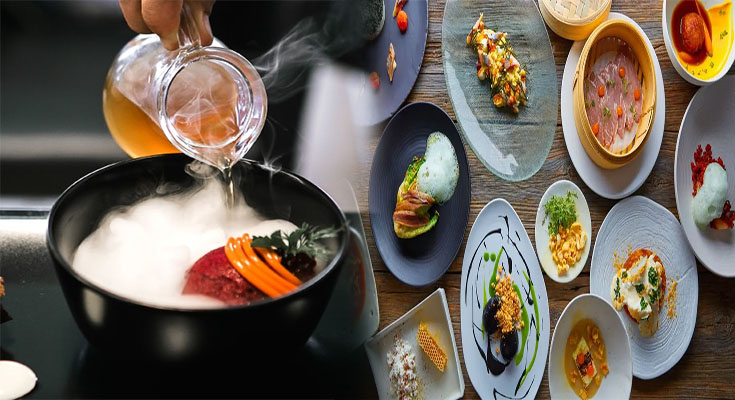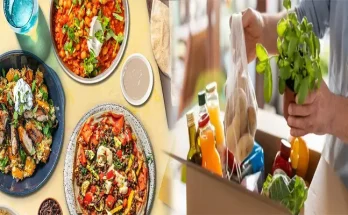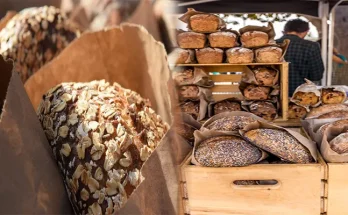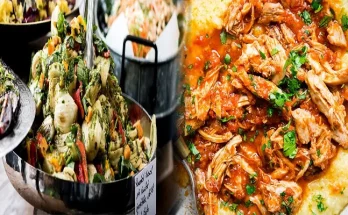Molecular gastronomy and farm-to-table practices may seem like polar opposites in the culinary world. However, these two approaches are increasingly being integrated to create unique and innovative dining experiences. In this article, we will delve into the fusion of molecular gastronomy and farm-to-table practices, and how they are transforming the culinary landscape.
1. Understanding Molecular Gastronomy
Molecular gastronomy is a scientific approach to cooking that combines chemistry, physics, and culinary arts. It involves the use of scientific techniques and tools to transform ingredients and create visually stunning dishes. Molecular gastronomy chefs experiment with temperature manipulation, gelling agents, emulsifiers, and more to deconstruct and reinterpret traditional recipes.
2. The Essence of Farm-to-Table Practices
Farm-to-table practices emphasize the use of locally sourced, seasonal ingredients. This movement aims to create a connection between farmers, chefs, and diners, promoting sustainability, supporting local economies, and ensuring the freshness and quality of ingredients. By shortening the supply chain, farm-to-table practices prioritize ingredients that are just harvested, resulting in dishes that celebrate the flavors and textures of the produce.
3. The Marriage of Molecular Gastronomy and Farm-to-Table
When these seemingly divergent practices merge, they create a unique culinary experience that marries innovation with a deep respect for nature’s produce. Here’s how molecular gastronomy and farm-to-table practices can complement each other:
- Enhancing Flavor and Texture: Molecular gastronomy techniques can be used to intensify the natural flavors of farm-fresh ingredients. Through processes like spherification, foams, and gelification, chefs can create surprising textures that bring out the best of the ingredient’s taste.
- Preserving Seasonality: Farm-to-table practices prioritize ingredients that are in-season, ensuring optimal flavor and nutritional value. Molecular gastronomy techniques allow chefs to preserve the essence of seasonal ingredients by freezing, drying, or creating preserves, extending their availability beyond their natural seasons.
- Reducing Food Waste: Molecular gastronomy techniques, such as fermentation or compressing fruit and vegetables, can help reduce food waste. Chefs can repurpose parts of ingredients that would otherwise be discarded, turning them into flavorful components or condiments.
- Artistic Presentations: Molecular gastronomy’s emphasis on precision and artistic presentation can elevate farm-to-table dishes to a new level. Through techniques like edible soil, edible flowers, or creating culinary illusions, chefs can create visually stunning plates that capture the essence of the ingredients.
- Educating Diners: The fusion of molecular gastronomy and farm-to-table practices offers a unique opportunity to educate diners about the origins of their food. Chefs can engage with guests, explaining the local, seasonal ingredients used and the innovative techniques employed to transform them.
4. Challenges and Considerations
While the fusion of molecular gastronomy and farm-to-table practices opens up exciting possibilities, it is important to strike a balance that respects both approaches. Chefs must be mindful of the environmental impact of molecular gastronomy techniques and ensure that they align with sustainable practices. Additionally, maintaining the authenticity and simplicity of farm-to-table practices is crucial to preserving the connection between farmer, chef, and diner.
The fusion of molecular gastronomy and farm-to-table practices showcases the incredible potential for innovation and sustainability in the culinary world. By respecting the environment and embracing scientific techniques, chefs can create dishes that celebrate the flavors, textures, and origins of locally sourced, seasonal ingredients. This combination not only delights diners with captivating presentations but also educates them about the importance of supporting local farmers and embracing sustainable culinary practices. As these complementary approaches gain popularity, we can expect to see even more exciting and delicious creations emerging from the intersection of molecular gastronomy and farm-to-table practices.





